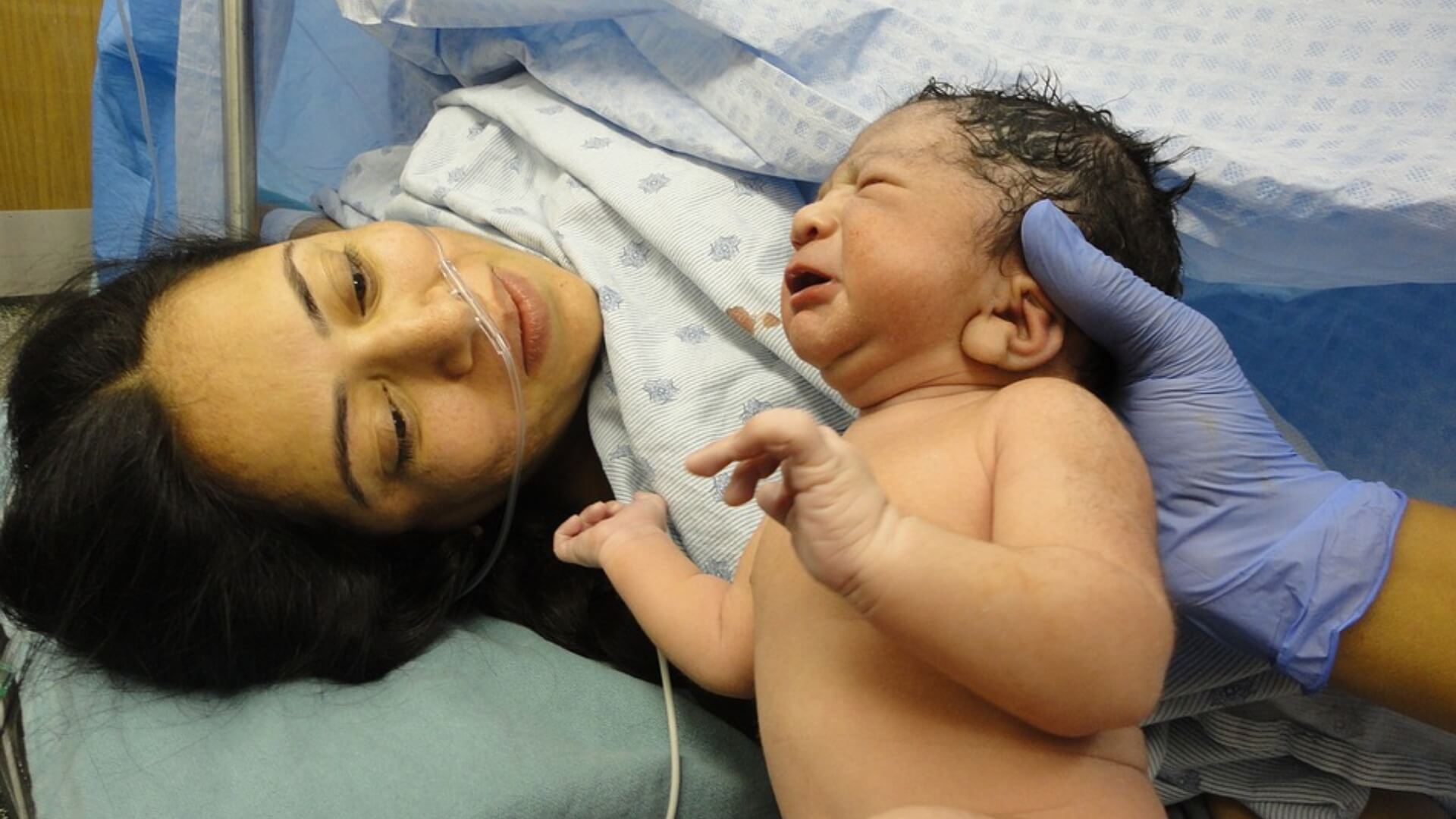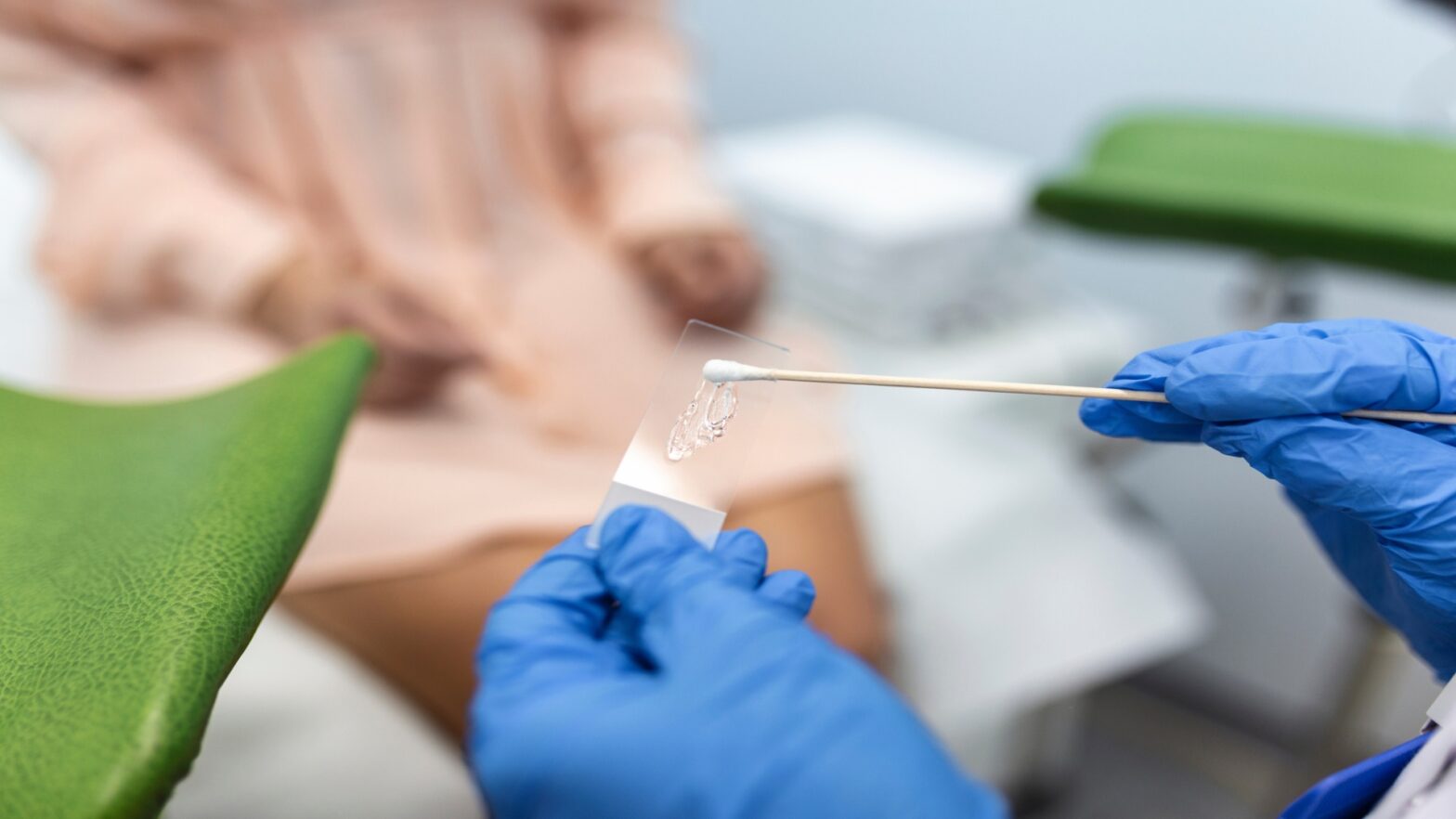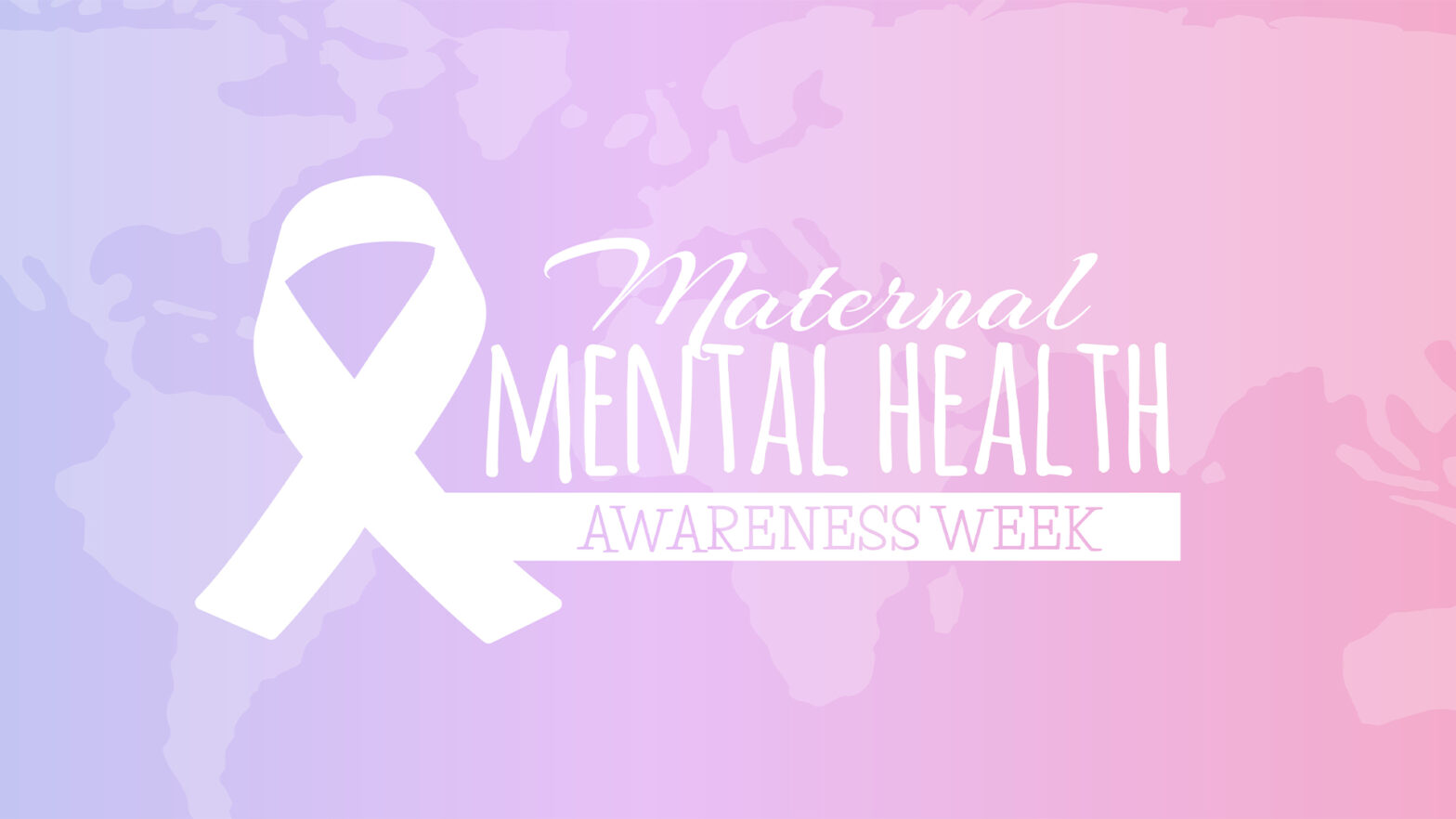After nine months of carrying a pregnancy, most mothers and family members often wait to welcome a bouncing baby.
Thanks to advanced medical technology, it is possible to know the gender of the child a mother is carrying, so new parents go as far as naming the unborn child and buying clothes for them.
Unfortunately, there are times when birth injuries can shatter the joy of receiving a child. While most birth injuries heal with time, some can result in death or a disability that lasts a lifetime.
What to Do if You, Your Baby, or Your Spouse Suffers an Injury During Birth
According to the Illinois Department of Public Health, 31,087 babies were born in 2020 in Chicago. Of all the births recorded, national statistics show that 6 to 8 out of 1000 children born in the USA suffer an injury during birth, meaning at least 186 birth injuries were recorded in Chicago in 2020 alone.
Often, birth injuries affect either the child or the mother and can result from the negligence of healthcare providers during delivery. If you, your baby, or your spouse have suffered a birth injury in Chicago, you may have a right to seek compensation for resulting damages.
But proving negligence in medical malpractice cases can be complicated. So, working with a birth injury lawyer based in Chicago is best if you hope to succeed with your lawsuit.
Common Birth Injuries
Cerebral Palsy
According to the CDC, the prevalence rate for cerebral palsy is between 1 and 4 per 1000 live births. Some forms of cerebral palsy affect the child while they are in the developmental phase in the mother’s womb.
At other times, cerebral palsy can result from a restricted flow of oxygenated blood to a child’s brain, which often occurs when the mother has prolonged labor. Cerebral palsy is a neurological condition that can result in cognitive and physical disabilities to the child, often lasting a lifetime.
Medical professionals can prevent cerebral palsy by prescribing the best birthing options based on the child’s weight and position in the womb and taking the necessary actions if a mother takes a long time to deliver.
Elb’s Palsy
Eleb’s palsy, also known as brachial plexus palsy, is a birth injury that manifests through paralysis of a child’s hand, shoulder, and arm. This injury occurs when a child’s head or neck is pulled excessively during a problematic delivery damaging the biracial plexus nerves.
According to statistics, this injury has a prevalence rate of 1 in every 1000 live births. Like cerebral palsy, Eleb’s palsy can be prevented by recommending the best birthing option based on the child’s weight, the mother’s weight, and the fetus’s position at the time of delivery. Luckily, most cases resolve with time.
Bruising
Bruises are normal for newborns as they pass through the bony pelvic area. But there are circumstances where the bruising could result from delivery instruments such as forceps and vacuum child extractors.
Delivery instruments are great. But when misused, they can cause injuries. Luckily, most bruising resolves within days unless the injury is more than skin deep. The best way to avoid bruises caused by delivery instruments is to ensure that the staff has proper training on using the tools.
Intracranial Hemorrhage
Intracranial hemorrhage is bleeding inside the skull. There are several types of intracranial hemorrhage, depending on where the bleeding occurs. The different types are; are subdural, subarachnoid, cerebral, intraventricular, and cephalohematoma.
These injuries are caused by excessive mechanical force during complicated deliveries and often resolve with time. Being careful with delivery devices and recommending the appropriate delivery option can help reduce the chances of intracranial hemorrhage.
Conclusion
Even in the modern tech-advanced world, it is essential to remember that birth injuries are still a severe problem for most women and children. If you, or someone you know, has suffered a birth injury in Chicago or anywhere else due to a health provider’s negligence, pursuing justice is an excellent way to protect your rights and ensure the safety of future patients.


















